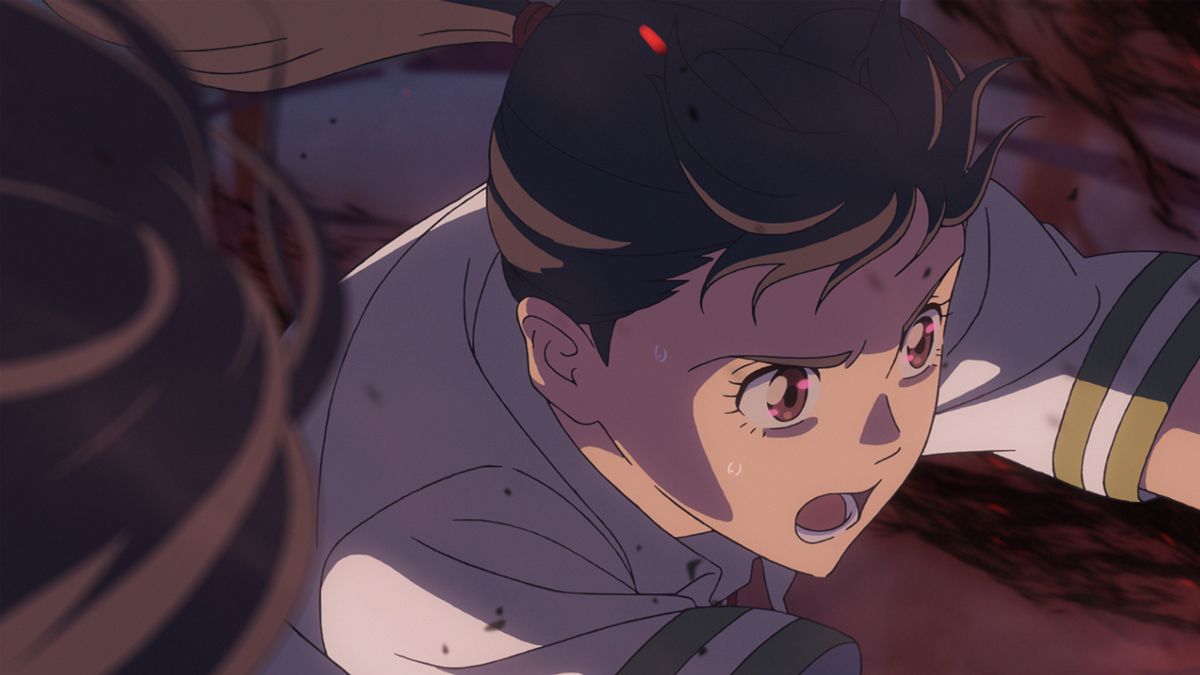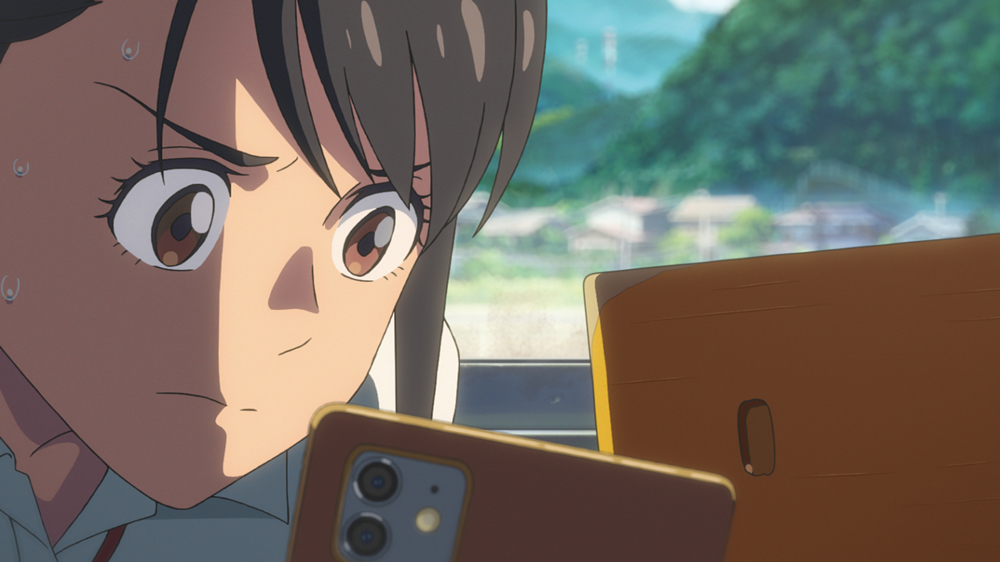
(C) 2022 “Suzume” Production Committee
"The Suzume" Makoto Shinkai depicts the confrontation with disaster and the recovery of the heart
2022.11.11
Shinkai-ism depicts the relationship between natural disasters and humans
In the summer of 2019, director Shinkai's initial ideas were ``a story about mourning a place'' and ``a story about a girl traveling with a strange person.'' Both are elements that symbolize ``The Suzume.''
Here, I would like to introduce the synopsis of ``The Suzume.'' This work is truly a ``story about mourning a place'' and ``a story about a girl traveling with a strange person.'' The story is about Suzume (voice: Nanoka Hara), a high school girl living in Kyushu, and Sota (voice: Matsumura), a traveling young man. The story depicts how his fate begins to change when he meets Hokuto (Hokuto). ``Are there any ruins around here? I'm looking for a door,'' Suzume follows Sota into the abandoned village and finds a mysterious door. This is called Ushirodo, and it is said that disasters will come from there. As a ``closer'', Sota protects people's lives by closing the doors that appear in ruins all over the country, the lonely places where people's hearts have disappeared.
However, the keystone used for the seal manifests as a mysterious cat, Daijin (voiced by An Yamane), and Sota is turned into a chair, angering Daijin. At the same time, rear doors began to open one after another across Japan. In order to stop the disaster and return Sota to his original state, Suzume follows Daijin on a journey to "lock the door".

“The Suzume” (C) 2022 “The Suzume” Production Committee
The ``disaster'' here refers to an earthquake. When the back door opens, ``earthworms'' come crawling out. When the earthworm falls to the ground, a large-scale earthquake occurs. “ Your name is. ' is about a comet, ' Weathering with You ' is about rain and sunshine, and ' The Suzume' is about an earthquake. Director Shinkai's works originally have common elements such as "stars" and "sky," but "Your Name. " ``The Sparrow's Suzume.''
Similarly, Japan's ancient beliefs, folklore, and traditional culture come into play . ``The shrine maiden depicted in `` Weathering with You With You'' is a being who speaks with nature and calms it down, but in ``Suzume'' she is depicted as a priest. Also, Godo is a Buddhist term that refers to the door at the back of a Buddhist hall. It is said that demons and misfortunes appear from there. Keystones are sacred stones that are said to calm earthquakes and are found within the grounds of shrines. Like a shimenawa or a shrine, it can be said to be an item that forms a barrier that prevents misfortune from seeping out. When this situation escalated, they became human pillars or sacrifices, and there were references to this in `` Weathering with You .''
Director Shinkai's works are based on the so-called ``world-style'' format, in which minimal relationships are directly connected to the fate of the world, while incorporating elements from Japan. In this sense, ``The Suzume'' is an orthodox work that gives a strong sense of Shinkaiism, but what is interesting is that it directly depicts the ``earthquake.''
A story about facing the “earthquake” head-on

